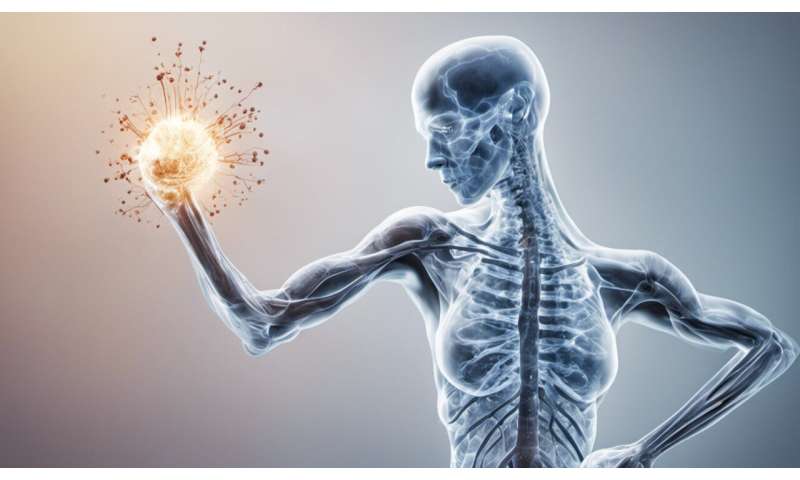
Vaccines, which help the body recognize infectious microorganisms and stage a stronger and faster response, are made up of proteins that are specific to each type of microorganism. In the case of a virus, viral proteins—or antigens—can sometimes be attached to a protein scaffold to help mimic the shape of the virus and elicit a stronger immune response. Using scaffolds to approximate the natural configuration of the antigen is an emerging approach to vaccine design.
A team of scientists led by David Baker at the University of Washington developed a method to design artificial proteins to serve as a framework for the viral antigens. Their study was published recently in the journal eLife. Berkeley Lab scientists collected data at the Advanced Light Source to visualize the atomic structure and determine the dynamics of the designed scaffolds.
Source: Read Full Article
